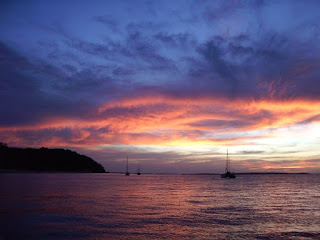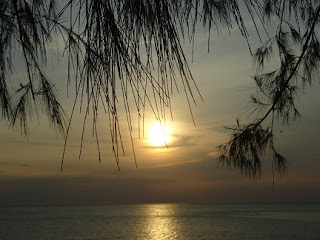QUEENSLAND
AUSTRALIA
Queensland
is the next biggest state in Australia, after Western Australia. It
has been visited by Dutch explorers before Captain Cook arrived back
in 1770.
Western
Australia's Pelsart group of Islands has a tragic history of a Dutch
ship back in 1630 on its way to Batavia, Dutch East Indies, ending
its existence on a reef. Not so Queensland though. Captain Cook
climbed the hill of settlement, currently called 1770, to honor the
Captain, had a good bird's eye view of the reefs and safely took his
ship through the passage.
Queensland
is famous for its coastline. There are only a few inland centres
based on mineral resources giving jobs and some stations inhabited by
farmers. The majority of the population is hugging the coast and coastal cities.
Sailing
is popular and sailing grounds fabulous. In fact, early April a
procession of yachts escapes winter in Victoria and NSW and is
sailing up the Queensland Coast in search of sunshine and warmth.
Well, with plenty of sunshine there are also numerous storms.
However, those pass fast and enhance sunsets.
The
coastline is scenic and can be dramatic. Stretches of long sandy
beaches are tourist free, true nature at its best of scarcely
inhabited Far North Queensland. Just beware of crocodiles in vicinity of mangroves. It is their territory. There is also plenty of harmless
wildlife to admire.
The
advantage of cruising up the Queensland coast is access to islands
and bays that cannot be visited by road. There are no roads in the
bush, rainforest and wilderness.
Cruising
the Queensland coast is the best form of transport, it is also most
enjoyable way to travel. A company of man's best friend, alerting one
to dolphins swimming of the bow wave, makes cruising that much more
enjoyable.
To
ponder on the beauty of nature while observing spectacular sunsets
accompanied by sundowners on deck is another attraction of cruising
the Queensland Coast.


















































